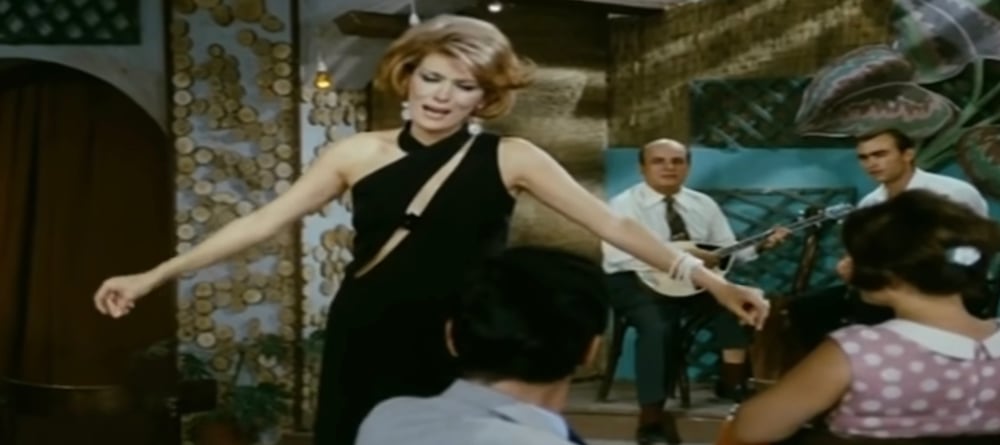
The Greek dance Zeibekiko is one of the country’s most iconic dances, and although women do dance Zeibekiko, it is considered to be highly masculine.
Although Zeibekiko was once strictly a man’s dance, women have begun to take part in the expressive movement, breaking gender roles. Nowadays, it is not rare to see a woman stand up and begin to dance the iconic movement at a taverna, concert, or festival.
Zeibekiko originated in Asia Minor, and the legacy of tragic displacement and of a homeland lost certainly lives on through this dance.
It is difficult to dance the zeibekiko, mainly because it has no set steps and has a complex rhythm. It requires an inner intensity because it is an improvised movement that expresses the feelings of the one dancing.
This meaningful dance often conveys feelings of defeat, sadness, life’s despair and unfulfilled dreams, foreboding bad luck, and the darkness at the end of the tunnel.
The most iconic part of the dance is when the dancer stretches out his arms and twirls, sways, and moves guided by deep feelings and emotions.
This movement is often linked to the eagle, a traditionally solitary and powerful bird.
Zeibekiko is performed solo and was traditionally exclusively danced by men, as it has been largely seen as a dance expressing masculinity and male emotion. Yet, now, it is common for women to dance zeibekiko, as well.
Only a few years ago, a young Greek girl stunned a crowd of tourists and locals by performing the amazing Greek dance on the island of Kastellorizo.
The young girl is seen executing the dance, traditionally performed by adult males, with astonishing vigor.
Early Greek films in which women dance zeibekiko
Yet, when did women begin performing this masculine dance in Greece? One of the first times a woman was shown dancing Zeibekiko in a Greek film was in 1950 in the film Come to Uncle, or Έλα στο θείο in Greek.
In the film, the actress Smaroyla Giouli is shown dancing the traditionally masculine movements at the horror of her male family members (although women cheer her on).
In the 1968 film A Lady at the Bouzoukia, Greek actress Mairy Chronopoulou dances zeibekiko, but her movements are much more seductive and feminine than the traditional zeibekiko steps.
By this time, it is clear that it has become less strange for a woman to dance zebeikiko in Greece, but it was still not something commonly accepted in the country.
Only two years later, in the film Marijuana Stop!, Zoi Laskari dances a version of the dance that most resembles the steps danced by men. As she is performing, famous Greek singer Tolis Voskopoulos joins her, and the two dance together side by side.
See all the latest news from Greece and the world at Greekreporter.com. Contact our newsroom to report an update or send your story, photos and videos. Follow GR on Google News and subscribe here to our daily email!



